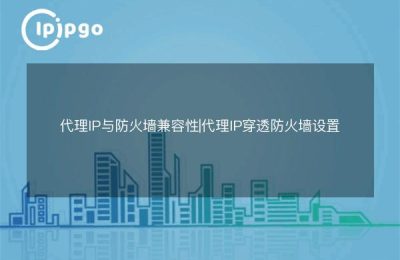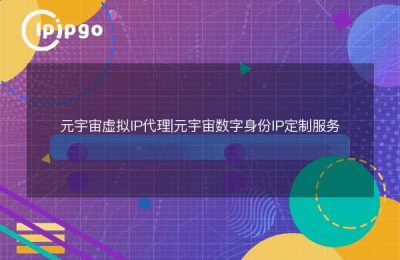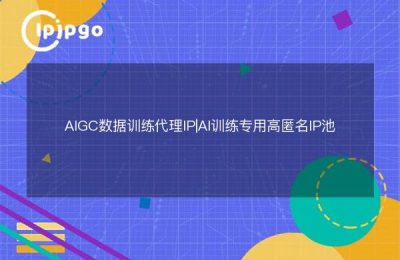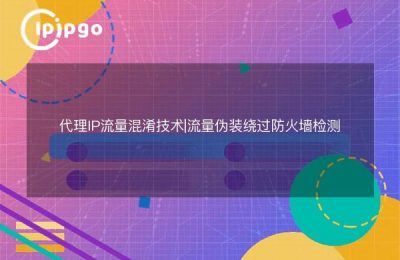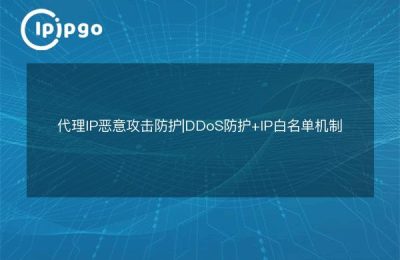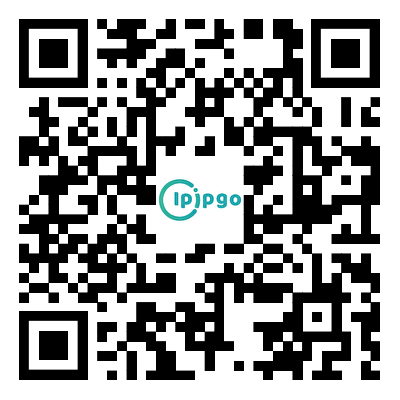
Why are social media accounts easily blocked? Read the platform's detection logic first
Often users feedback just registered new account somehow blocked, in fact, the social media platform is more "sensitive" than you think. When you frequently switch accounts on the same device, share the same network environment with multiple accounts, and interact with a large number of operations in a short period of time, the platform will pass theIP address + device fingerprint + behavioral patternsTriple detection locks out anomalous accounts.
The reason why ordinary proxy IP does not work is that the data center IP segment has long been marked by the platform. Imagine an IP address logging in to 30 accounts at the same time, and that IP is also from an Amazon cloud server, who would the platform block if not you? That's why you needReal Home Broadband IP-Each IP corresponds to a real residential address, and the behavior pattern is exactly the same as that of a normal user.
Anti-Blocking Core Principles for Residential High Stash Agents
The key to residential agents being seal-proof is twofold:Address authenticity and behavioral concealment. Take ipipgo for example, their 90 million + residential IPs come from global home broadband, each IP is bound to a maximum of 1-2 accounts, avoiding the risk of IP association from the root.
A special note here.high stash modelThe operation mechanism of ipipgo: When using ipipgo's proxy service, the target website can only see the residential IP address, but can not get your real IP and device information. This is equivalent to wearing a "cloak of invisibility" for your online behavior, while retaining the characteristics of real users online.
Four steps to build an anonymous access program
1. the single-account, single-IP principle: Individual residential IPs for each social media account
2. Device Isolation Configuration: Different browsers/devices for different accounts
3. IP geolocation matching: Sign up for a US account with a US residential IP
4. Traffic Behavior Simulation: Avoid unusual operations such as sudden activity at 3 a.m.
In practice, it is recommended to use ipipgo'sDynamic Residential IPservice, their IP survival cycle is controlled at 6-24 hours, automatically switching IP addresses while maintaining the same geographic area, both to ensure account stability and to avoid the risk of long-term binding.
Frequently Asked Questions
Q:Why are I still blocked even though I've already used a proxy?
A: Check whether there is: ① the use of data center proxy ② multiple accounts share the same IP ③ IP country and account information does not match
Q: How to choose between static IP and dynamic IP?
A: New accounts are recommended to use dynamic IP to reduce risk, mature accounts can use ipipgo's static residential IP to maintain login consistency. Their static IPs can remain unchanged for up to 30 days, which is especially suitable for accounts that need to operate for a long period of time.
Q: How do I detect if an IP is highly anonymized?
A: Visit the online testing tool provided by ipipgo, it will show theLevel of anonymity/IP type/geographic locationThree key pieces of data to ensure compliance with X-Forwarded-For, Via, and other protocols are completely hidden.
Q: What about managing multiple country accounts?
A: ipipgo supports accurate IP location by country/city/operator, and can create multiple proxy ports at the same time, with the fingerprint browser to realize theMulti-country account matrix management. For example, operating account groups for Japan, Brazil, and France at the same time, with each country assigned a separate IP pool.
Why ipipgo?
Many proxy service providers on the market haveHigh IP duplication rate,Incomplete protocol supportThe Problem. Our real-world comparisons show that ipipgo excels in three key metrics:
- Percentage of real residential IP ≥98%
- HTTP(S)/SOCKS5 Dual Protocol Support
- Simultaneous connection of ≤3 devices on a single IP
Especially theirIP cleansing mechanismThis detail design makes the account blocking probability directly reduce more than 60% after 72 hours cooling period after each batch of IP use.
For users who need to operate at high intensity, you can turn on theIntelligent Routing Mode. This feature automatically matches the optimal IP line, keeps network latency within 200ms while maintaining anonymity, and live streaming, video uploading, and other operations won't lag.

